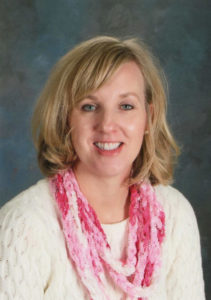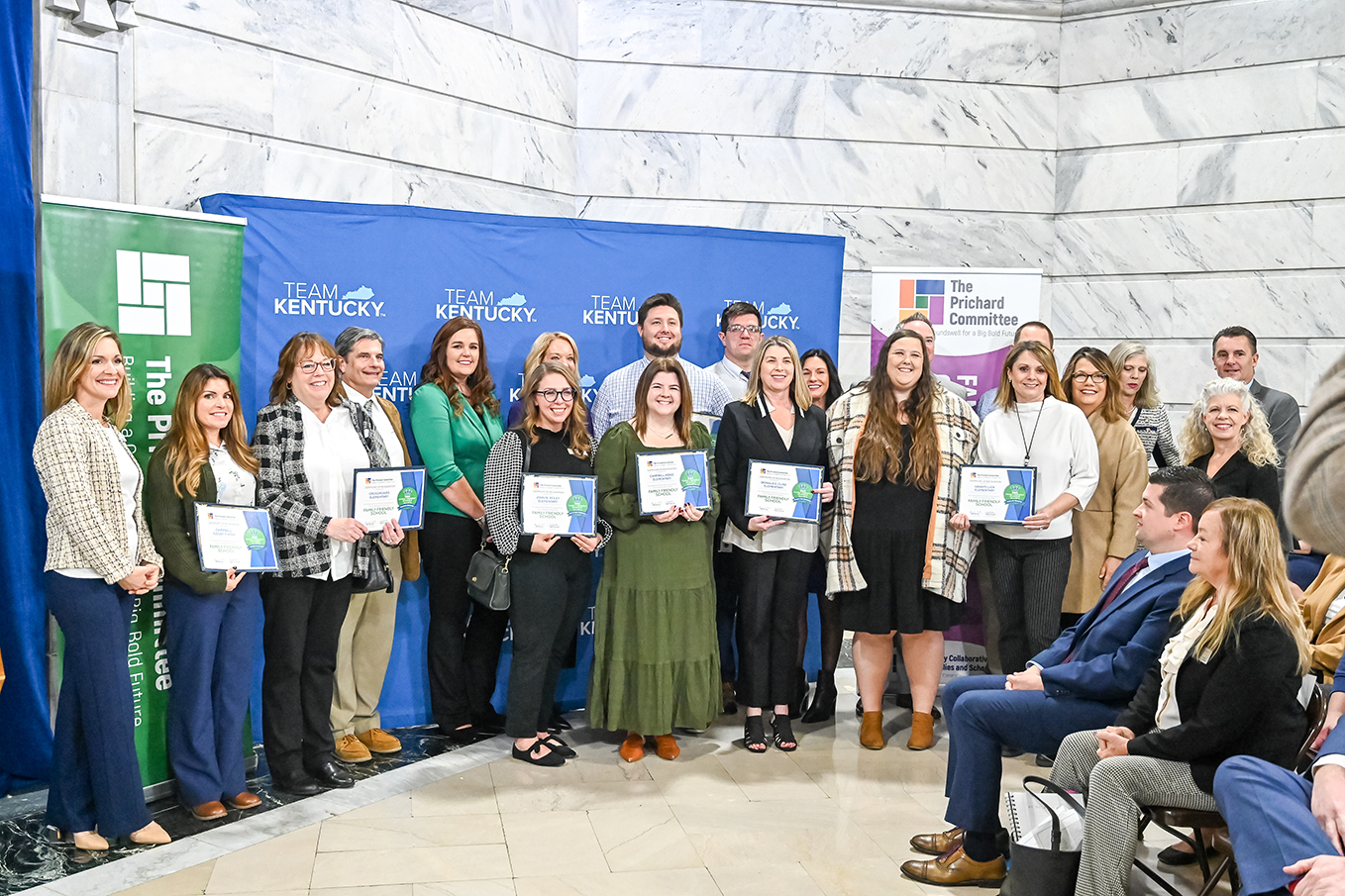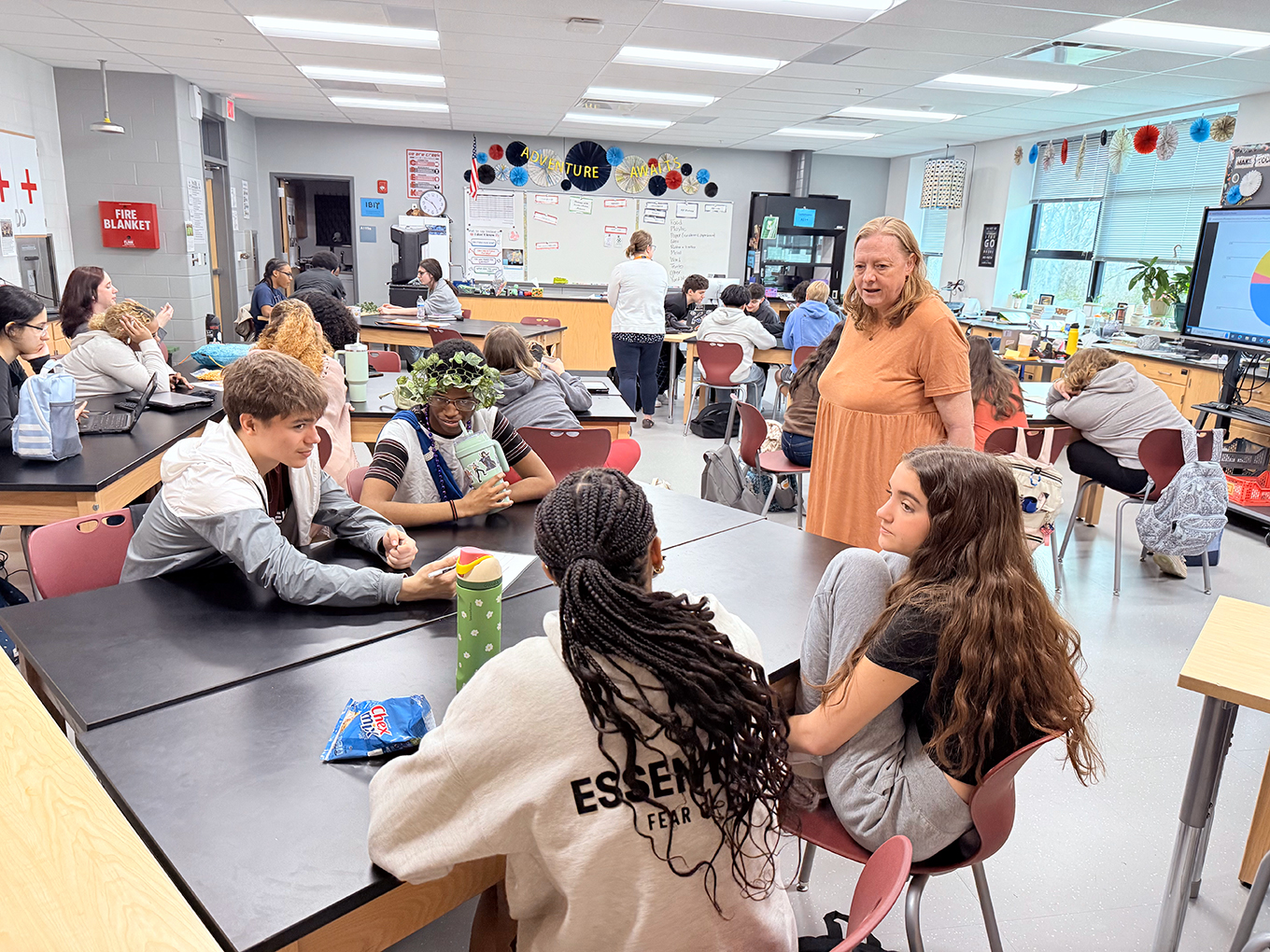
Shannon Brickler
By Shannon Brickler
shannon.brickler@grant.kyschools.us
“‘Why do you have to go?”
I heard this question multiples times throughout the day as I prepared to be absent for two school days for the Elevating and Celebrating Effective Teaching and Teachers conference in San Diego this past January. I was so excited and felt privileged to be nominated. I knew attending this conference would help elevate my teaching and provide some much needed inspiration.
However, some of the excitement disappeared when I tried to prepare my students for my absence and was met with some frustration from the students.
Students’ questions regarding my absences always make me think hard about the relevancy of whatever opportunity it is that takes me out of the classroom for the sake of professional learning. More importantly, I ask myself, “Will my students understand how this learning will help them? Do they think it’s worth my time or theirs?”
Teacher leaders like me tend to spend more than a few days away from our kids, and are often filled with guilt as we do it. It is important that we remember to consider the students’ perspective on this “important” part of our work.
To ensure that I seek my students’ perspectives more deliberately, I created a survey for my students and asked them to share what they thought about their teachers as learners. After a quick explanation of the definition of professional development, my students were ready to take the survey.
All 19 students in my 5th-grade class agreed that teacher professional development is important to their learning. Most commented that they think it is important because I have an opportunity to learn new things that I can bring back and teach to the students.
My favorite comment came from an unexpected place, a student that had some difficulty staying on task and needed repeated directions – a “difficult customer.” He wrote that if, “the teacher is learning then the students learn, and we want to learn.”
His simple words were powerful in shaping my mindset toward professional development, to stop feeling guilty every time I had to leave the classroom to do it. His words also confirmed that my students depend on me learning. They expect the best from me, as I continually and routinely tell them I want 100 percent of their best.
Other responses from the students were insightful and eye opening. One of the survey questions asked if the students think that they will see changes in the classroom because I went to professional development. All of the students agreed that there would be changes.
One student commented on the survey, “My teacher would learn from them just like other teachers learn from her at our school.” This kid clearly understands the power of networking with other professionals and the powerful change it can bring to a classroom. This statement confirmed that my students understood why I needed to attend professional learning opportunities.
Many teachers may take the approach that they will wait until summer to take part in professional learning. It is easier to commit to professional learning in the summer, as you don’t have to worry about who the substitute teacher will be, there are no lesson plans to prepare and no special arrangements to cover any after-school responsibilities.
However, there are a few drawbacks to putting off professional learning until summer, one of which is availability. Many professional learning opportunities are not offered during summer. Vacations and other mandated professional learning requirements may interfere with plans for individualized professional learning.
Another potential drawback for holding off on professional learning until the summer is the timing. The opportunity for teachers to share their learning or to use new acquired knowledge with their students is not as immediate and teachers may lose the zest they felt during training as they wait several weeks for school to start.
Creating lifelong learners in the classroom starts with us, their teachers. We have to model the learning process with our students. Here are some simple ways to start:
- Share a goal for your own improvement with your students and keep them posted on your progress toward meeting it.
- Show excitement and passion for new ideas. Learning and sharing new ideas can be contagious. The students were as excited as I was when I told them about WeVideo, a program I’d just seen demonstrated in another classroom.
- Share research (yours or others’) with students and explain how it connects to what the students are learning.
Yes, it can be painful to set up and plan for absences, but our students deserve to have a teacher that continues learning. If we learn, they learn – and they want to learn.
When I return to class after an absence, smiles light up my students’ faces. Sometimes I hear, “I’m so glad you are back. The substitute teacher couldn’t teach the way you do.”
But they also ask, “What did you learn?” or my favorite, “Did you get us anything?” Oh yes, I did.
Shannon Brickler, a National Board certified teacher, is moving into a curriculum specialist position at Sherman Elementary (Grant County) after 22 years in the classroom. She has been a participant and coach for Classroom Teachers Enacting Positive Solutions.




Reading Shannon’s words rang true for me and I was so empowered by her insightful perspective. Thank you for being an amazing teacher, and truly igniting a love of learning in our county’s students.